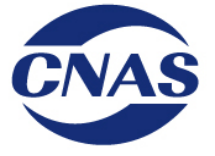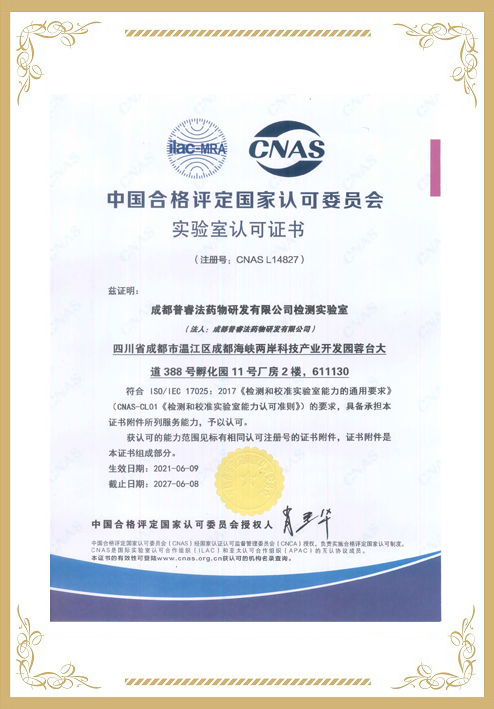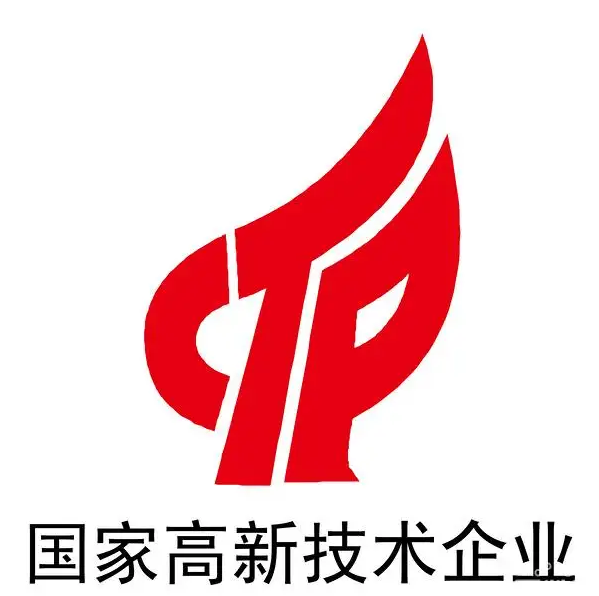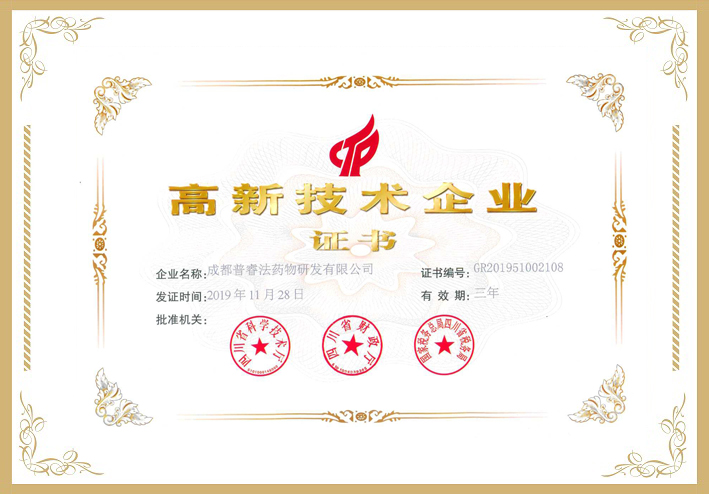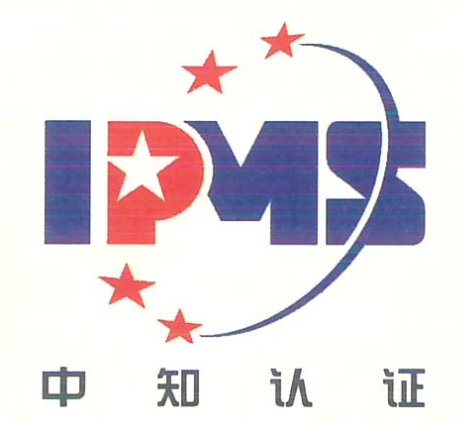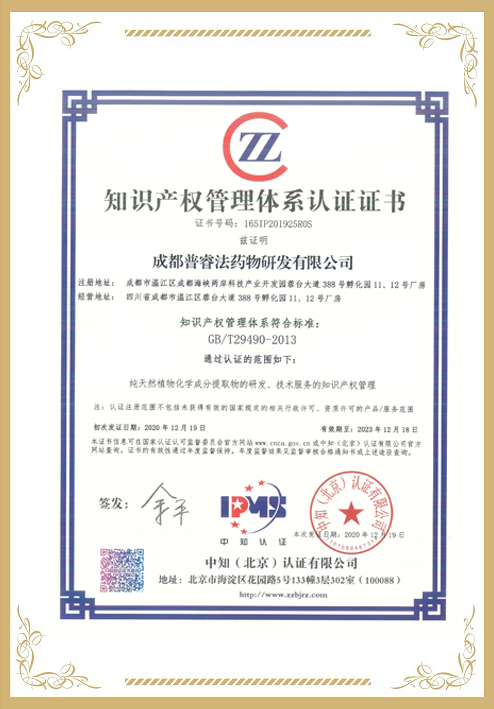Despite the multiple health benefits of vitexin, a natural flavonoid glycoside, its extremely low solubility, poor absorption, and low bioavailability hinder its effective use. This study attempted to enhance the solubility, antioxidant activity, and bioavailability of vitexin by nanoencapsulation in a delivery system of mung bean protein isolate nanoparticles through the processes of pH shifting and pH shifting combined with ultrasonication. The results showed that the combined method significantly induced protein denaturation and promoted protein-vitexin interactions via hydrophobic interactions, in comparison to pH shifting alone. The vitexin-loaded nanoparticles prepared using the combined method had an average size of 40.99 nm, a homogeneous size distribution (0.267), and a zeta potential of − 31.68 mV. The encapsulation efficiency of the nanoparticles produced through the combined method (88.52%) was significantly higher (p < 0.05) compared to those prepared using pH shifting alone (52.10%). Additionally, the solubility and antioxidant activity of the encapsulated vitexin were markedly increased. High stability of the nanoparticles during dynamic in vitro gastrointestinal digestion was observed by sodium dodecyl sulfate‒polyacrylamide gel electrophoresis. The amount of vitexin remaining in the nanoparticles after digestion was 72.89%, which was available for absorption. In summary, this study successfully enhanced the solubility, antioxidant activity, and bioavailability of vitexin through nanoencapsulation in mung bean protein isolate nanoparticles using a combination of pH shifting and ultrasonication, demonstrating significant improvements over pH shifting alone.
















